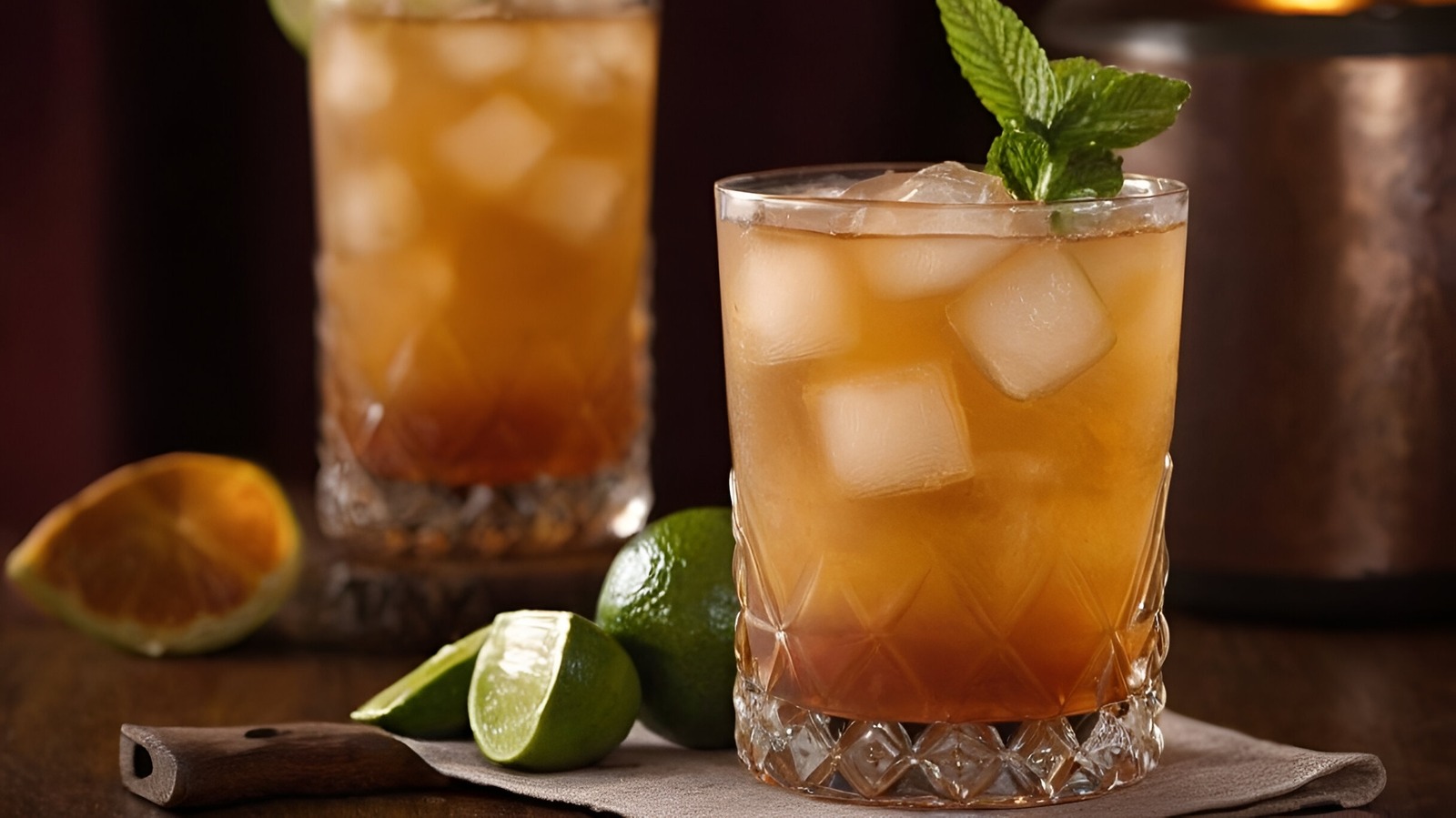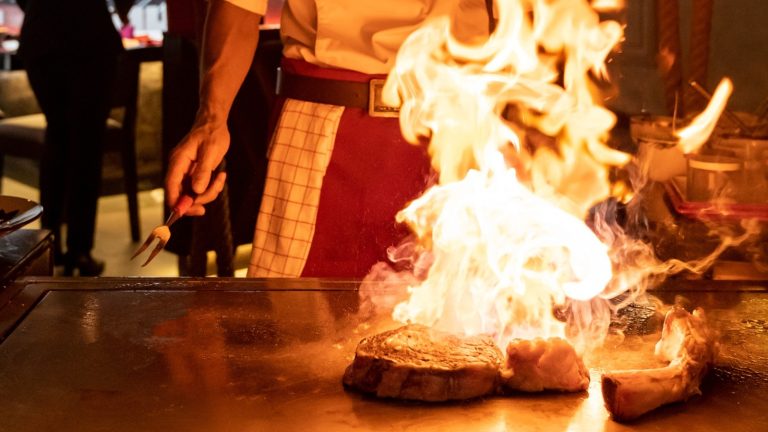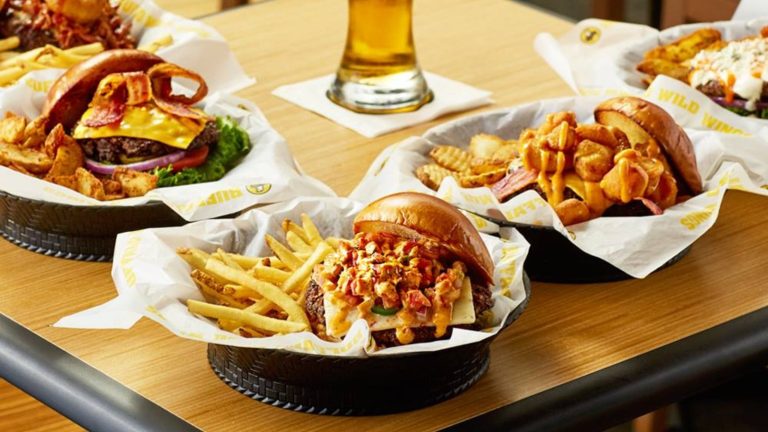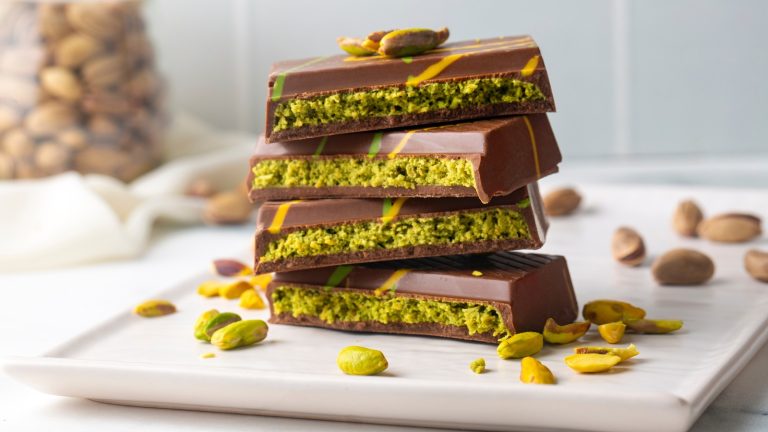The mai tai is one tipple that has been through the wringer. The history of the cocktail is somewhat disputed between the tiki godfathers of Victor “Trader Vic” Bergeron and Donn “Don the Beachcomber” Beach. But, most accept Trader Vic’s story, chasing his vision when trying to recreate the recipe. The original mai tai was a spicy and tart drink meant to showcase the rum. It was later eclipsed by a sweeter, juice-heavy version that Bergeron created for tourists in Hawaii, giving rise to the pre-made mai tai mixes that would dominate for decades. As tiki bars made a comeback, however, people sought to honor the initial, rum-forward recipe. The problem? The rum that Bergeron used didn’t exist anymore.
The rum used in Bergeron’s mai tai was called J. Wray & Nephew 17-year. It was an aged Jamaican rum with an intensely funk flavor, and the cocktail was built around highlighting its unique profile. But, not even Bergeron got to enjoy the rum for very long. Wray & Nephew only made a limited amount of the rum, and less than a decade after the mai tai was created, it ceased to be produced. This forced Bergeron to switch to a similar spirit, Wray & Nephew 15-year, which was also later discontinued.
The rums that replaced J. Wray & Nephew 17
The lack of consistent rum supply led Bergeron to take some unique approaches to maintain the flavor profile of the mai tai. First, he began mixing different types of rum to make his mai tai, while still using some of his stockpiled Wray & Nephew. Eventually, he started bottling his own rum to recapture similar tasting notes but, he still had to mix it with another rum from Martinique to achieve the complexity he was after. That blending style of mixing aged Jamaican rums like Appleton Estates and agricole-style rum from Martinique is still the best way to replicate the flavors of the original cocktail.
There is also another way that you can recreate an authentic mai tai, provided you have some serious cash. Appleton Estates was actually owned by Wray & Nephew before they were both bought by Campari, and in 2023 Appleton released a limited-edition recreation of J. Wray & Nephew 17. It used the original blend of four distinct distillates and a pot distilling method to recapture the same flavors. Unfortunately, the difficulty of making the rum meant that only 1,500 bottles were produced, with the bottles still on sale retailing for thousands of dollars. As much as mai tai enthusiasts might want a taste of history, we can all agree that’s a lot of cash to drop for a classic cocktail!






